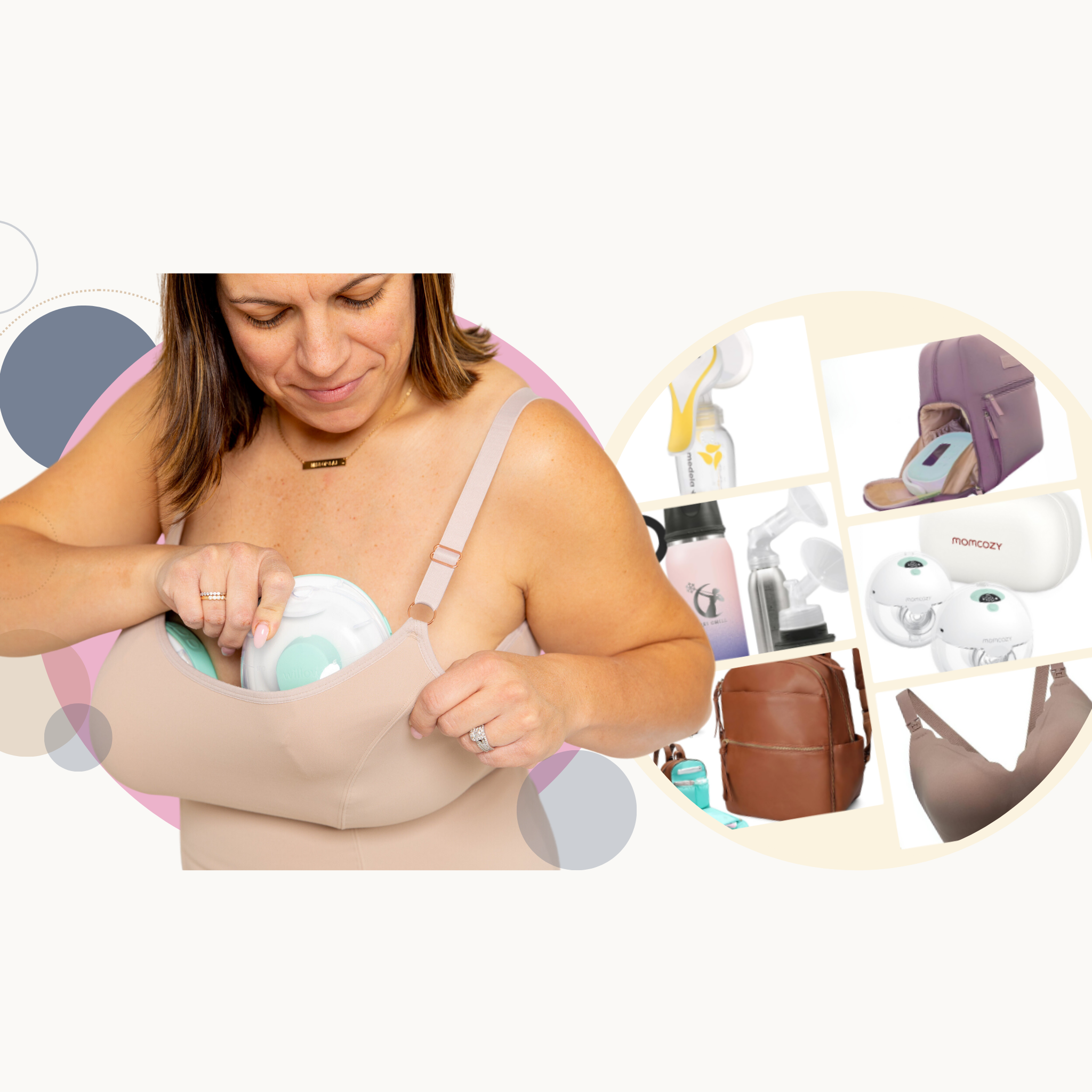
This topic can be a slippery slope, no pun intended. For real though, how do you know if you can benefit from using lube or even need it? Or will it just turn out to be a waste of money?
Consider this - -
If you’re noticing discomfort while pumping, there’s friction between your skin and the flange, or when you’re done pumping you feel like you’re tearing your skin away from the flange just to remove it, then adding lube to your routine might be just the ticket. There’s different options when it comes to lubricant products but generally speaking coconut oil is the most common base among the majority. Popular brands include Coboo, who I will confidently say was the first on the market, followed by Legendairy Milk. If you’re not interested in purchasing a premixed lubricant spray consisting of coconut oil, olive oil, sunflower seed oil, cocoa seed butter; all of which are the same identical ingredients in both spray options previously listed, you can simply purchase food grade fractionated coconut oil and pour into your own spray bottle. Ultimately it will be a matter of convenience and desire to incorporate all listed ingredients.

Are we talking one spritz or the whole dang thing and where am I supposed to be spraying?
Regardless of store bought oil mixtures or home prepped bottles, a little goes a long way? If you’re exceeding four spray pumps per sessions you might be saturating your pump session, I’ll get into what I mean by this soon. One or two pumps into the angle of the flange and beginning of the tunnel should be enough to add that ease of friction between your areola and flange material. If you’re finding the flange is adhering to your skin following a session then 3 spritzes on the flange itself with a little help of a clean finger to rub it around the surface of the flange should be just what the doctor ordered.

How much is too much?
This is my only word of caution while using lubricate. This oily mix can really create a slip and slide for your nipple. To better understand, let’s quickly recap how the milk reflex is triggered..
When there is applied stimulation on the nipple by the suckle of your sweet babe or suction pattern of your breast friend, the breast pump, messages are sent to your brain and back to your breast to activate that milk release (or let-down) that we are all trying to achieve. I have personally found both with my own use, and my clients experiences, that when we have over indulged in the pump spray we actually reduced our chances at letting milk down due to desensitization caused by excess lubricant. When you begin to incorporate pump spray into your routine, start out with a little amount, you can always add more.
Other lubricants that are used in lieu of a coconut based pump spray would include your nipple butter. Be sure to verify that it is food grade and safe for baby’s consumption. Did you know that Lanolin was named Contact Allergen of the Year for 2023? This begin said, I would recommend against the use of Lanolin for both a lubricant and as an intervention for nipple comfort or damage. Fortunately, there are quite a few options that are Lanolin-free to choose from!
Here’s an answer to a question that may only pertain to a few of you, as not everyone practices the fridge hack
Q. Do you need to wipe off your flange between refrigeration and sessions?
A. Personally, I do not. I have also found that there is minimal oil left on my flanges once finished with a pump session. As always, if this doesn’t sit well with you or you’re finding there’s still residual oil lingering around, by all means, wipe it away!





